Hello to all of our new readers who have subscribed over the last month, some of you may have found your way here in a politically motivated move away from other social platforms, some may want to read our more in-depth monthly ramblings or you have just come across our articles for the first time. Whatever the reason you are all very welcome and what better place to start than by throwing you all into the cold and muddy start of the season? If you are new It’s never all a bed of roses here if it was written on paper my Substack would be covered in mud with lots of crossings out and ripped pages. So that is how we will begin this month, with mud and ripping up. For those who make it to the end, there are some interesting wormholes and a timely reminder as we head into February about sowing seed that likes it cold.
I described in last month’s article the days of growing single Species rows in the linear layout are a thing of the past for us and this year heralds a rethink on how we grow our cut flowers in a more combined planting. Grab a spade and prepare to get messy as it’s lifting and dividing time. Many of my perennials have been in the ground for 4 years so it is no bad thing that they are being dug up as this allows me to divide some of the larger clump-forming perennials. These are plants that produce a crown of growth close to the ground in early Spring if you pop out into the garden even at this time of year you will see these plants beginning to emerge some of these varieties include garden favourites such as Delphinium, Sedum, Astrantia, and some of the Geranium species along with too many others to mention.
I dug the plants up and sliced through them with a spade to create an average of four chunks of plant from one established clump. It is that simple, the advantage when producing large divisions is that these plants can be planted straight back into the ground, divided like this they should be strong enough to stand up for themselves in open ground and will thrive once the ground begins to warm.
When considering how I want the new planting area to develop one thing I would like is ease, with the germination and plug plants now dominating a lot of my time, and environmental changes happening at a scary pace. I want this new condensed cutting area to be as self-sustaining as possible. One way I intend to action this from the beginning is to grow swathes of plants I know grow well here and one of those is Geum. If someone said to me I only have space for five plants in my garden one of those I would choose is a Geum. More of a difficult decision would be which one and I’m not sure I could ever decide such is my love for these beautiful little flowers born from the toughest plants I’ve ever come across, more on that shortly.
Firstly I would like more of some of those varieties that I only have a couple of, therefore it was off to the potting bench with some of these rhizomes’ lumps. Below is a section of a rhizome removed from the mass, It is approximately 10cm long, and has a section of root and a growth tip. Unlike dividing perennials into larger clumps these were then potted into 9cm pots of compost and watered. They will remain in the tunnel for a couple of months to develop more roots and vigour before being planted out. A worthwhile project producing 40 plants from each clump.
I now have many varieties in my Geum collection and am constantly extending the range. I have thought for a long time that growing is a therapeutic occupation and hobby and in all honesty, I feel quite bonded to these flowers I had a few at my old growing site 5 years ago, and I loved the flowers but they seemed stifled on the free-draining nutrient-poor soil. It was when they were uprooted to this field where conditions were very different that they began to flourish. Whilst spending a day propagating from my Geum collection I began to wonder more about what makes them so happy in this cold clay soil in North Yorkshire, conditions which have eliminated many plants from my growing. This led to me travelling down a very interesting wormhole of plant heritage and attributes.
I found out only a couple of years ago that Geum belongs to the Rosoideae Family, this was after years of presuming wrongly that they were from the Ranunculace group as I considered the flower to be similar to a buttercup which I knew belonged to that group. Whilst spending a quite few hours with my Geum cuttings I suddenly thought Ok Geums are the starting point now I need to look up more of this Rosoideae lot and find out what other plants have similar genetics, they might like it here too and grow happily without too much intervention.
Ey Up the search produced a list including many of the plants that already thrive here. It was a given that Roses were included and do very nicely here but the subcategories were where it got interesting. Geums are in a subcategory called Spiraeoideae, including Spirea, Physocarpus, Potentilla and Fragaria which means strawberries are a goer’, not only that but this research goes some way to explain why the Apple, other fruit trees and my hedges of Physocarpus and Spirea have established so well over the years.
What to sow during February
As we hit mid-February the daylight will be increasing to around 10 hrs here In North Yorkshire and I no doubt like many of you will be getting twitchy seed-sowing fingers. We grow our seedlings cold here, without the use of heat mats or lighting so the beginning of the season sowing is always tentative, that being said I don’t want to miss the opportunity to sow the seeds that like it cold. These include some that people ask me about regularly as they struggle to germinate. Not all seeds like the same thing and some like to germinate earlier and will become dormant if the seed is too hot. For example bellow Poppies, Burplrum, Larkspur and Molucella all benefit from a period of cold.
I will be popping all these seeds in the fridge tonight for 2 weeks before sowing. This tricks the seed into thinking it is winter, then I will sow them mid-February when we still have temperature fluctuation between warmer days and some cold nights, it is this cold and then fluctuant temperature which activates the seed to germinate.

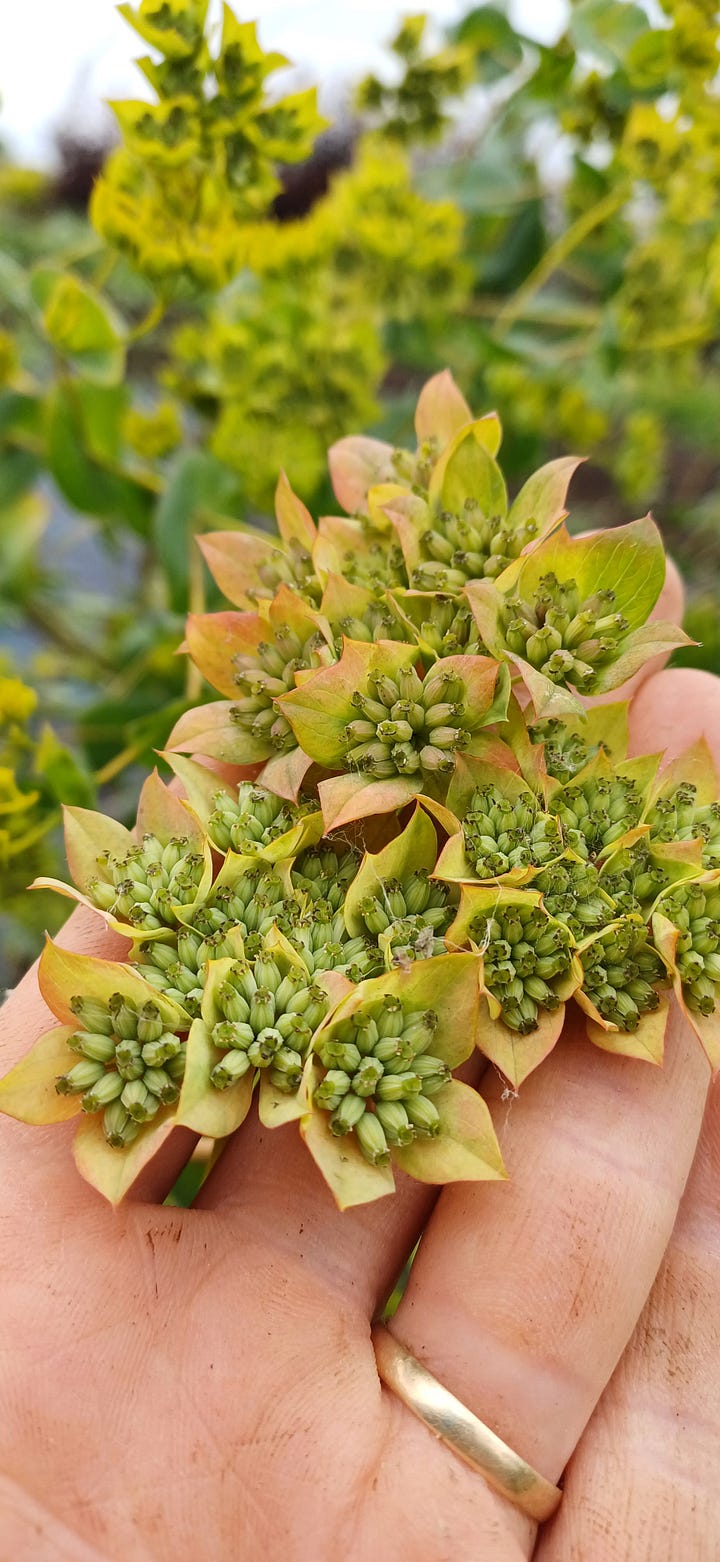
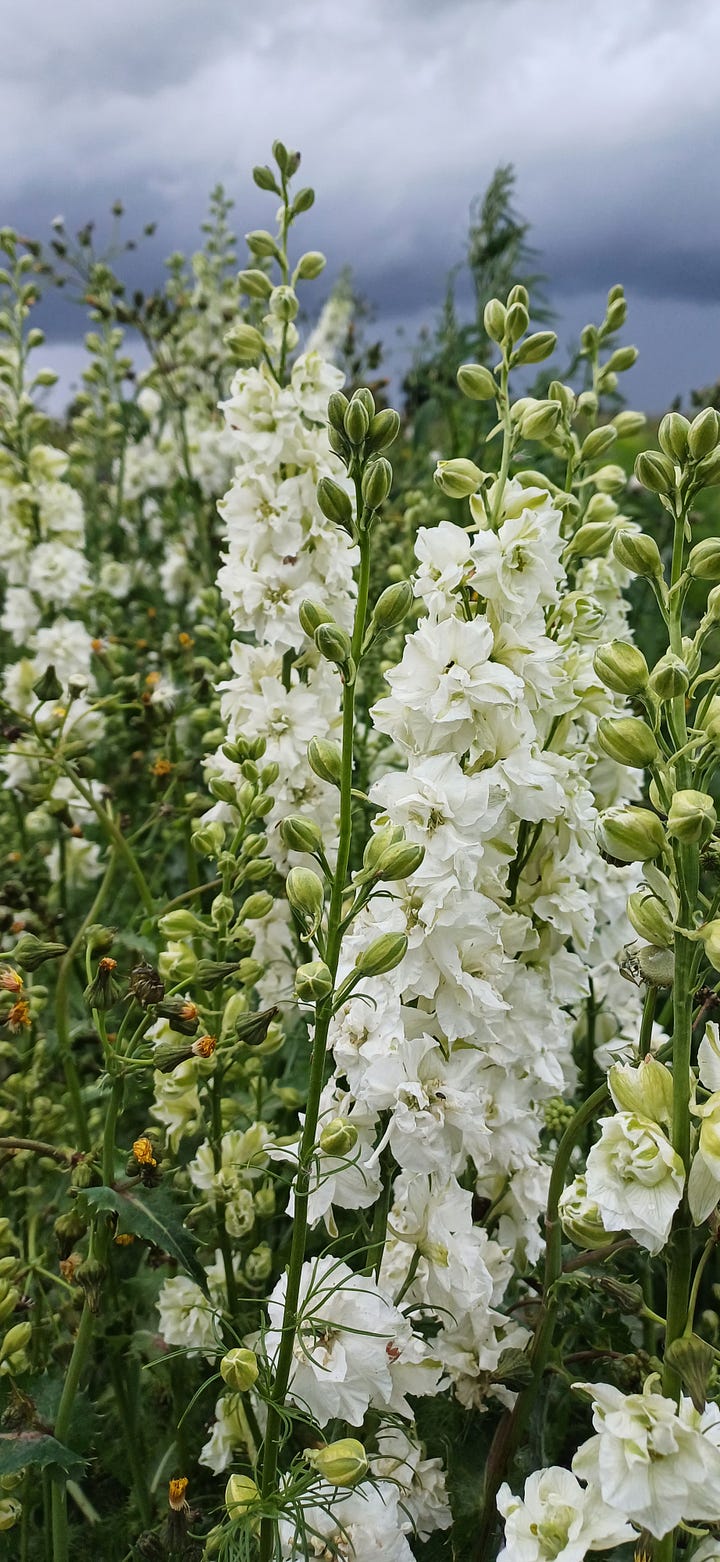
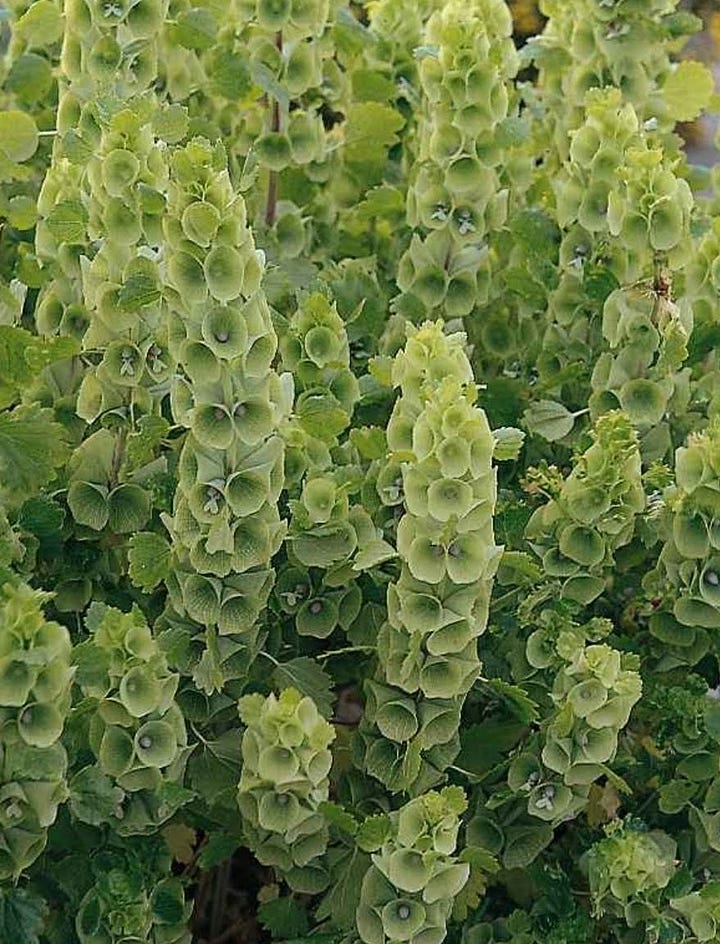
So there I will leave you, do not forget to pop those seeds in the fridge, think about what plants grow well naturally in your ground, and do a little digging into more of their family tree, and don’t get scared to dig and divide if a plant is thriving. my research has inspired me so I am heading off to propagate some Strawberry runners and find some Potentilla seeds to sow.
I hope you enjoyed the read.
Suzie x

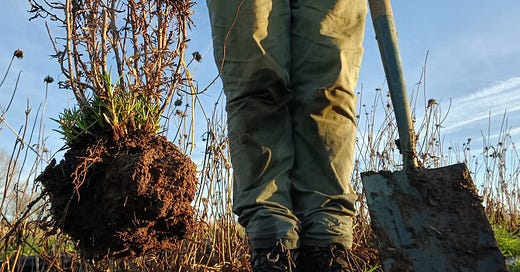



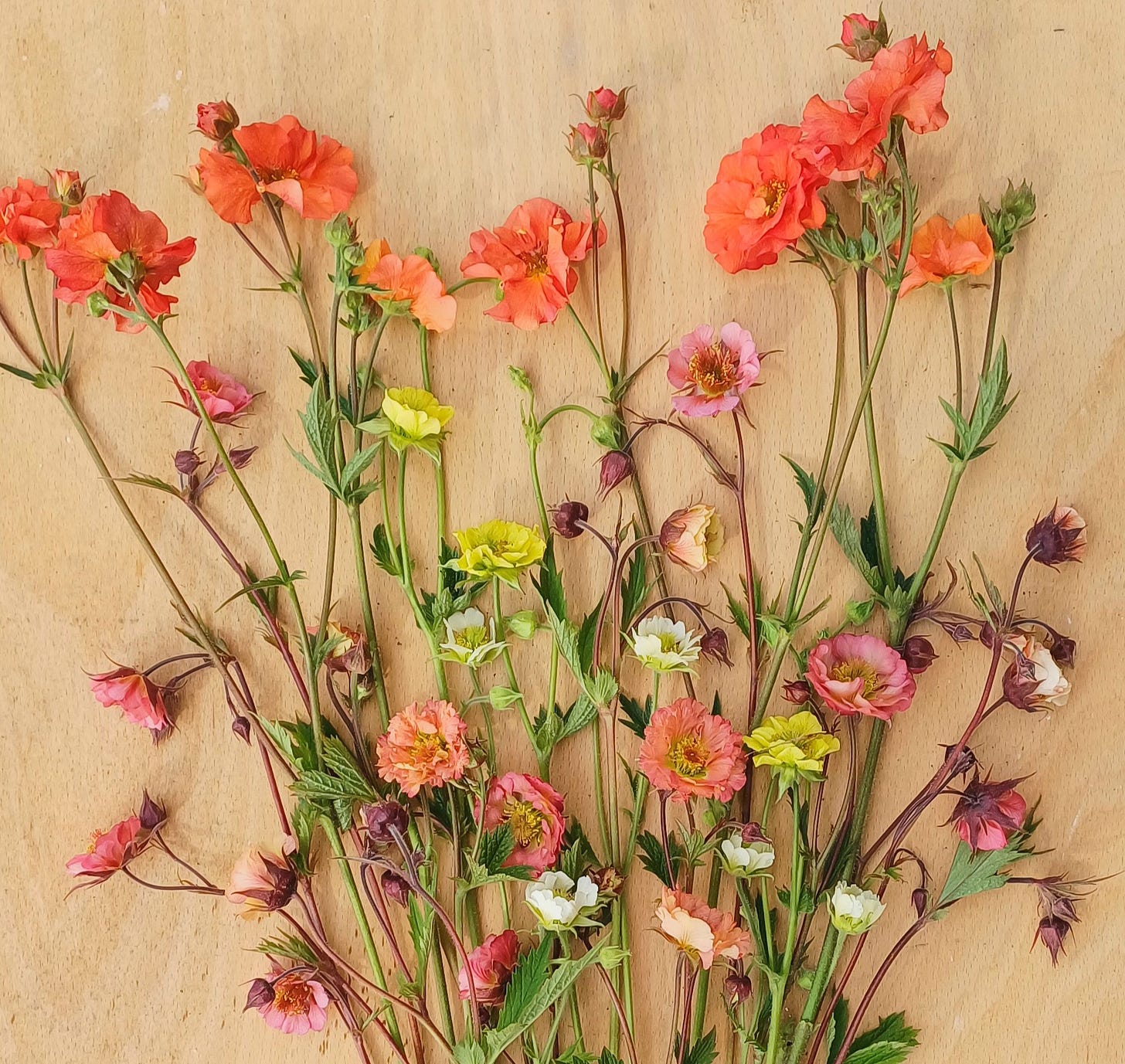
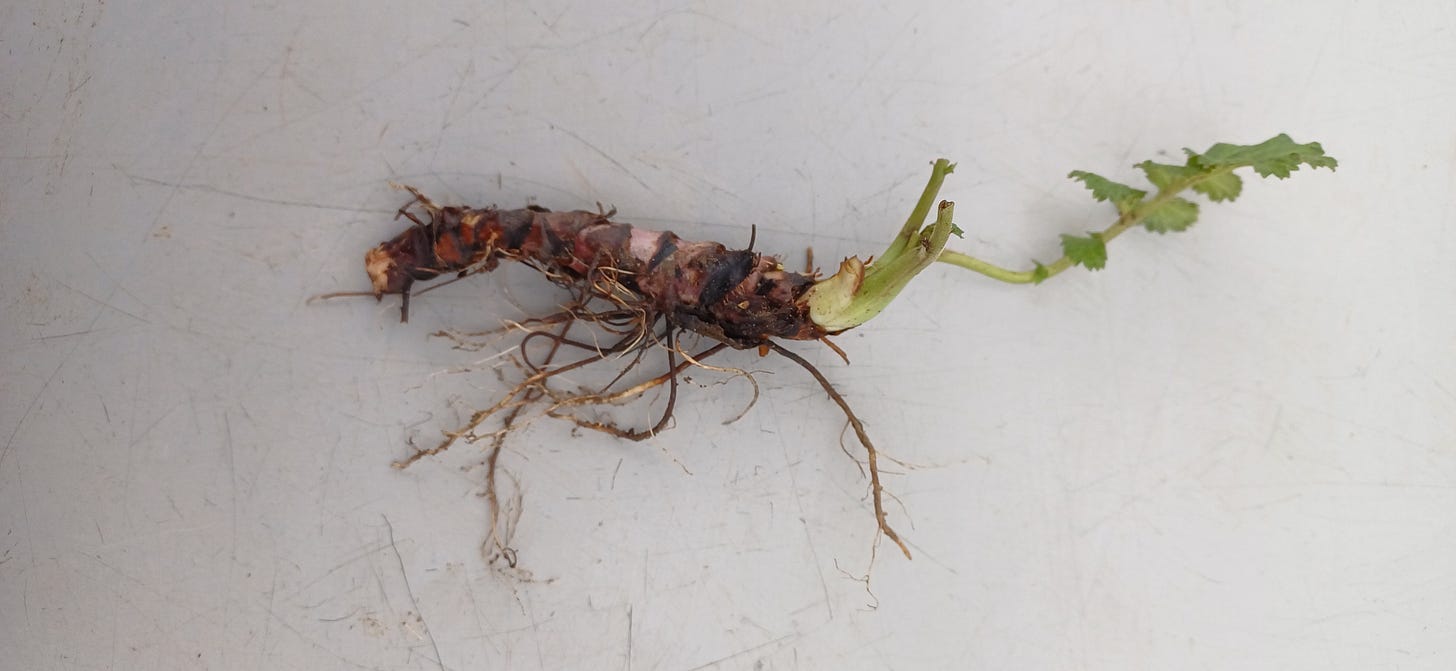
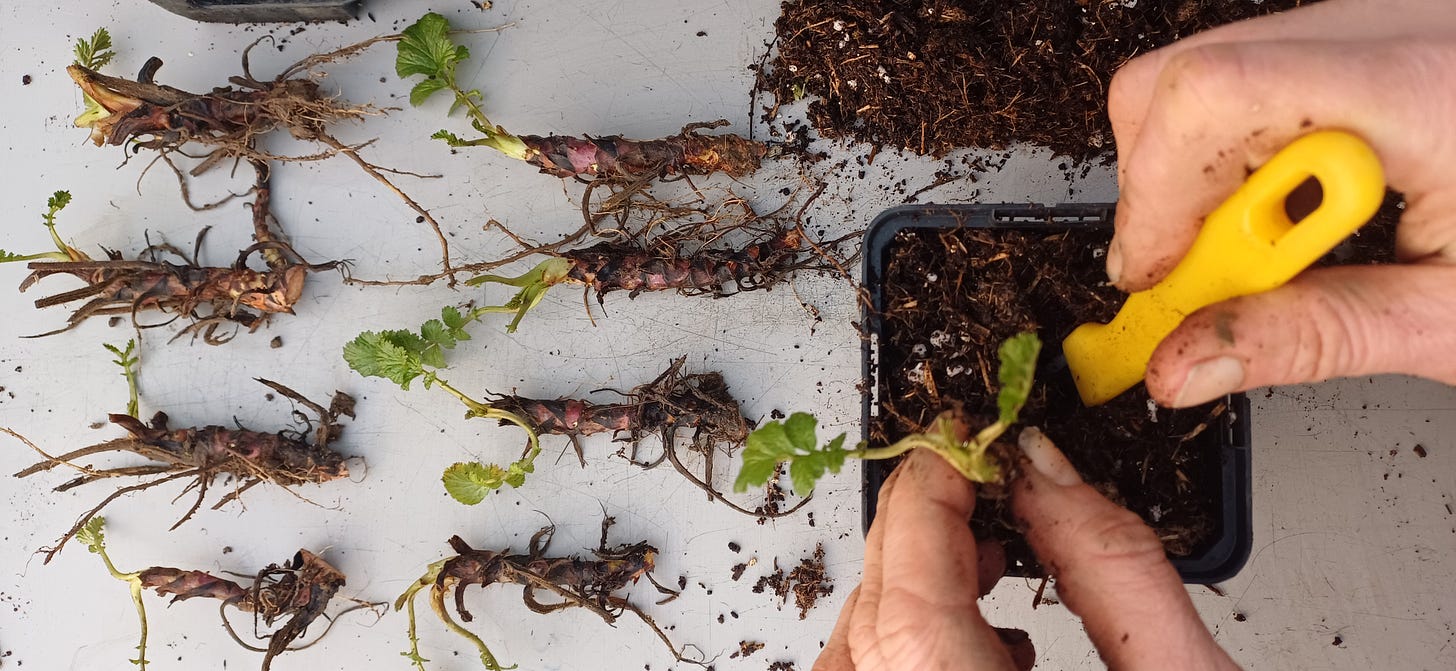

I read this and then went off and suddenly (off sowing plan!) inspired to order more seeds! I must have move poppies. Thank you!